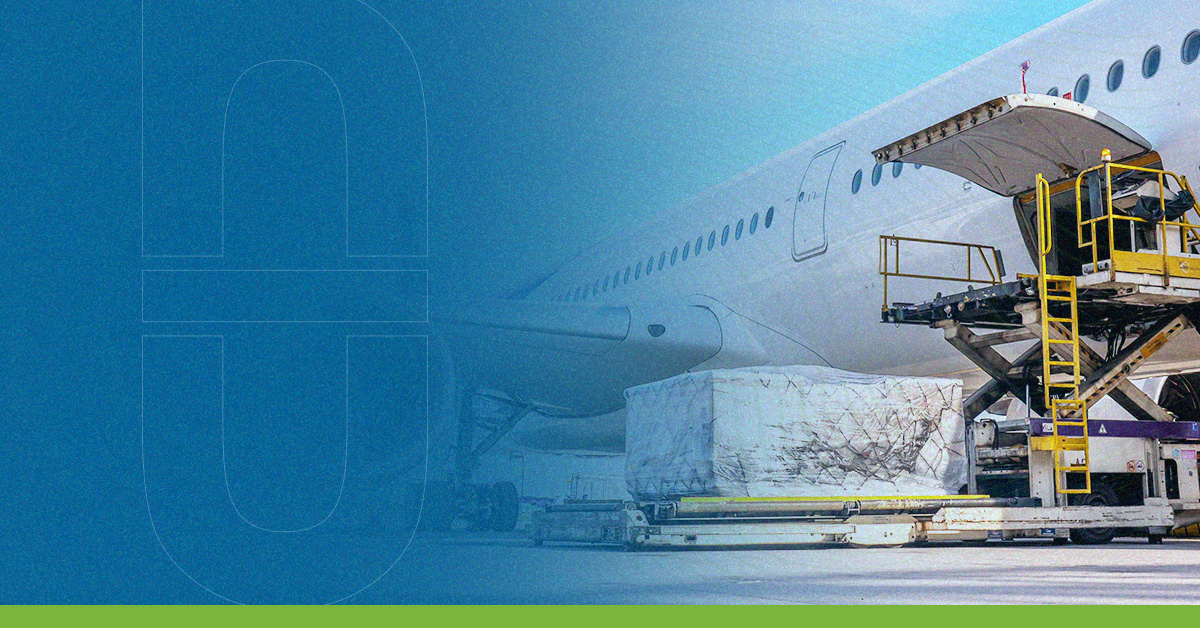In today’s world, logistics efficiency has become a crucial factor for the success of companies. The ability to manage resources effectively not only reduces costs, but also improves customer satisfaction. With the constant growth of e-commerce and changing market expectations, businesses must implement robust monitoring strategies to maintain and improve their logistics efficiency. Careful planning, effective communication and the intelligent use of technology are essential to optimize logistics processes and ensure a continuous flow of operations.
Companies face the challenge of adapting to a dynamic supply chain and new market demands. Implementing strategies that allow for constant monitoring and accurate evaluation of processes is critical to staying competitive. Below are the main strategies to improve logistics efficiency, addressing everything from planning and communication to data analysis and investment in technology.
Strategic planning for efficient logistics
Proper planning is the first step towards efficient logistics. Setting clear and detailed objectives allows companies to avoid improvisation and minimize unnecessary costs. The key is to organize warehouses, control inventories, and communicate effectively with everyone involved in the supply chain. In addition, strategic planning must consider route optimization to reduce delivery times and associated costs.
Constant communication in the supply chain
Maintaining fluid communication between the various members of the supply chain is essential. This includes both technological communications, through the use of software that provides information in real time, and personal communication, which ensures effective coordination between staff and customers. Transparency in communication also contributes to improved customer trust and satisfaction.
Data analytics to improve logistics efficiency
Data analytics plays a critical role in logistics efficiency. Using key performance indicators (KPIs) allows companies to evaluate their performance and spot areas for improvement. Data helps make informed decisions that can increase efficiency and reduce errors in logistics processes.
Investment in technology to optimize logistics
The implementation of advanced technologies can significantly transform logistics efficiency. Inventory management systems, route planning software, and real-time tracking technologies are tools that optimize processes and improve accuracy in supply chain management. Not only does technology make it easier to automate tasks, but it also provides detailed analytics for better decision-making.
Staff training and development
Success in logistics efficiency also depends on the personnel involved in the process. Training the team in the use of new technologies and in the implementation of good logistics practices is crucial to ensure that all members are aligned with the company’s objectives. Continuous training helps to maintain a competent team that is prepared to face logistical challenges.
In conclusion, improving logistics efficiency requires a combination of strategic planning, effective communication, data analysis, investment in technology, and staff development. Implementing these strategies not only optimizes processes, but also strengthens the company’s ability to adapt to changing market demands. By focusing on these aspects, companies can achieve more efficient and competitive logistics, meeting customer expectations and outperforming the competition.
Sources:
- Revlog. (2024). 5 maneras de aumentar la eficiencia en la logística.
- The Logistics World. (2024). Optimización de las operaciones logísticas: Estrategias para mejorar la eficiencia y la rentabilidad.
- QuadMinds. (2024). https://www.quadminds.com/blog/eficiencia-logistica/




